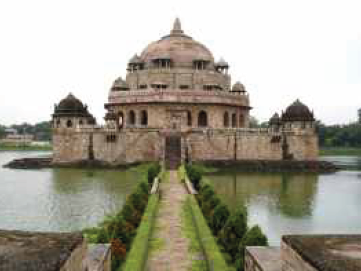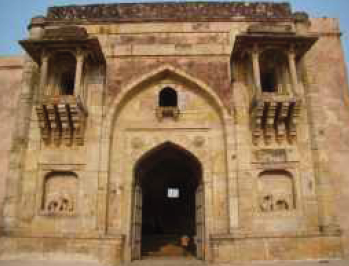Sasaram
Sasaram
Sasaram, by itself, is no ordinary district. It has been the seat of power of legendry rulers such as the Satyawadi Raja Harishchandra in the seventh century and the phenomenal Sher Shah Suri in the 15th century. Sasaram's history straddles the Ramayan period and the rule of Raja Harishchandra, whose Rohtas Fort was later rebuilt by Sher Shah Suri and is an early example of India's multiculturalism. The fort, during Sher Shah's reign continued to house the Churasan and Ganesh Temples alongside the Diwan – e – Aam and Diwan-e-Khas. Surrounded by hillocks and water falls it was an idyllic location for the seat of the Kingdom. It was here that Sher Shah Suri was born and built an empire from East Afghanistan to Bengal. This visionary Afghan ruler, in his short but eventful reign of five years was to leave a legacy that connected Kabul to North India and on to the East Coast through a paved road known as the Grand Trunk Road. His administrative skills and taxation laws were so exemplary that the Moghul and British rulers adopted them too. He lies buried in Sasaram, in a red sandstone mausoleum in the middle of an artificial lake. This grand monument built in the Indo-Afghan style has Iranian influences in its blue and yellow glazed tiles with some similarity to the Lodhi tombs. Most significantly, it's massive free standing dome also borrows from the Buddhist Stupa style of the Mauryans. It is not unlikely that Meira Kumar's early exposure to Sasaram's glorious past was to shape her multidimensional, multilingual personality in the years to come. She is fluent in Hindi, Sanskrit, Urdu, Bhojpuri, English and Spanish.
She is an accomplished markswoman, a poet in both Sanskrit and Urdu and has associated herself with conservation and heritage issues. No small wonder that the constituency that gave her a thumping victory in the last two Lok Sabha elections has full faith in her ability to once more put this landmark district on the national stage and to take it's rightful place as a symbol of India's ancient history. She, as most Biharis from Sasaram District, are the natural heirs to the legacy of Samrat Ashok whose pillar (one of the thirteen Shilalekh) is housed in a small cave in Kainur hill in Sasaram District.


